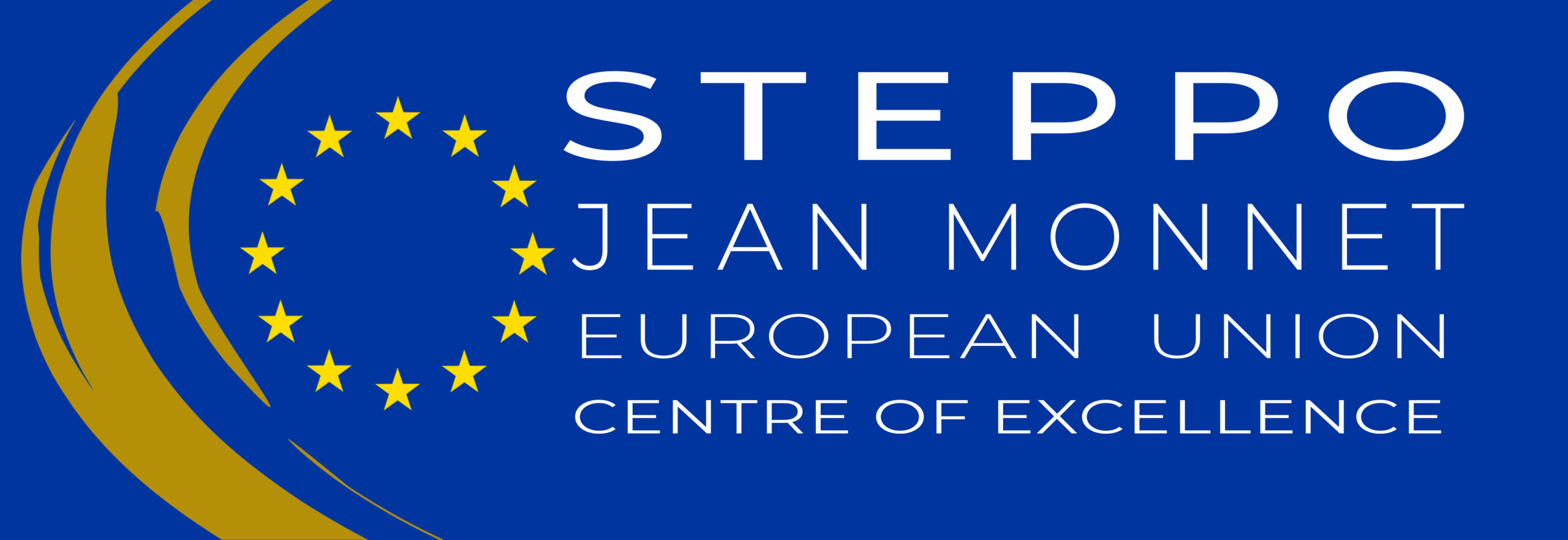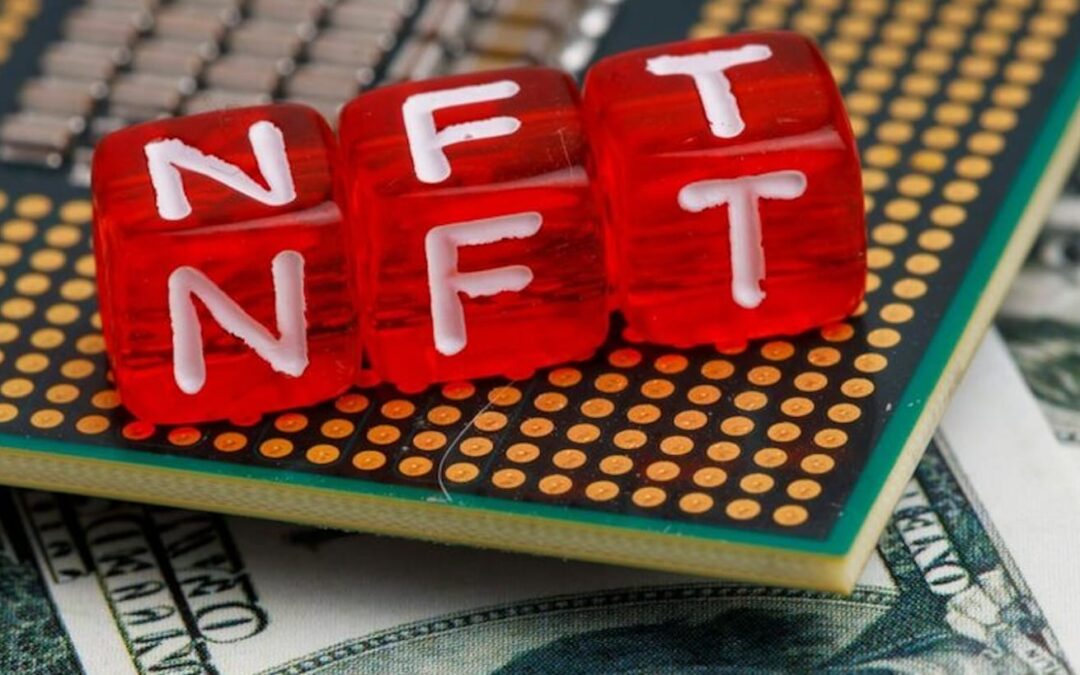Author: Chiara Milano
Commettee: Audit Institutions Committee
Date: 24/06/2024
Money laundering is one of the most complex challenges facing the global financial system for decades. When it comes to money laundering, in its simplest terms, it refers to the act of making illegal proceeds from various activities appear legal, masking the origins of such fraud.
Traditionally, this process involved a series of transactions through banks or other financial institutions, often spanning multiple countries to add rather high levels of complexity.
Before analysing the digital realm of money laundering, it is important to understand its conventional methods, which form the basis of this phenomenon.
The phenomenon is generally divided into three main phases:
1. Placement: the money coming from illicit activities is introduced in the legal financial system or
however the capitals are put in the conditions of being easy investable elsewhere. Money at this stage is usually in the hands of lenders, that is, people who are formally owners of the sums, although they are not really;
2. Stratification: money is transferred through a series of complex and difficult to trace transactions. Usually they are passed through a large number of banks in different countries, so as to make it practically impossible to trace the source of the money
3. Integration: “cleaned up” money is reintroduced into the legal economy, appearing as entirely legitimate proceeds. It is at this stage that, in fact, money is returned to the hands of criminals through various pretexts, such as, for example, puppet companies.
Criminal groups use a variety of different techniques to launder money. Surely one of the most used ways is to recycle in businesses where there is a lot of cash, such as bars, cinemas or restaurants. However, recent investigations have shown stunning data, revealing how NFT-related scams have become one of the most sophisticated strategies for money laundering.
But, what are NFTs and how do they work? Non-Fungible-Tokens are digital certificates that attest to the uniqueness and ownership of a virtual asset. Just like a cryptocurrency, they move on the Blockchain, they can be transferred, bought and sold without a middleman. However, unlike standard cryptocurrencies like Ethereum or Bitcoin, which are fungible and interchangeable on a one-to-one basis, NFTs are unique.
The digital realm has warmly welcomed NFTs, now employed in many industries, such as art and digital music. For example, artists use NFTs to sell their work directly to consumers, without using traditional intermediaries.
The genius of this tool has been immediately understood but also by criminals, because, as we all know, where there is so much money and few rules, scams and money laundering also come. Criminals use these emerging technologies to hide the traces of their illicit activities.
Recent investigations have found that NFT scams have become one of the most sophisticated strategies for money laundering, alarming financial authorities around the world.
One of the major illicit practices in which NFTs are used is the Wash Trading phenomenon. It is a form of market manipulation in which an individual or group makes a series of fictitious trades of the same asset to create the illusion of intense market activity, thus deceiving investors. In practice, you sell an NFT to yourself through a series of transactions with other digital wallets. In this way, step by step, the overall market appears more liquid than it is, and consequently more palatable, and the value of the NFT rises, until a third (real) buyer buys it for an inflated price.
In the NFT market, the scam that best responds to the fraudulent technique of the accomplice that simulates competition is pump-and-dump. In an NFT auction, a group of accomplices buys by artificially increasing demand. Unsuspecting investors believe that those NFTs have value, they join the auction and start to raise stakes. When the price has gone up a lot, the fake bidders withdraw and the sale is over-priced. So, to all buyers I want to say: pay particular attention to the NFT’s transaction history, because a large number of transactions concentrated in a very limited time frame could definitely be a symptom of a nice and good scam!
Money laundering and NFT transactions know no boundaries. Hence the need for a global and coordinated approach to regulation. Countries’ different positions on NFTs and cryptocurrencies require a concentrated effort to establish regulatory arbitrage. One of the main reasons why this phenomenon has greatly expanded its money flow has been precisely the absence of specific regulation. Just think of it as a phenomenon that has been in the shadows for decades, allowing criminals and fraudsters to use it on a large scale and without too many problems.
The need for action at European level to establish harmonised regulations guaranteeing market security and combating the illicit use of this technology is now more evident than ever. And it seems that the EU is moving in this direction. On 24 April 2024, the European Parliament adopted a proposal for a regulation establishing an Authority to combat money laundering and the financing of terrorism.
Specifically, we are not talking about NFT yet, but about cryptoactivity in general, so we are still far from a clear and effective ad hoc regulation, but certainly Europe is making huge progress in this regard.
In this legislative disorder, as suggested by the prosecutor Danilo Ceccarelli during the interview conducted by Roberto Saviano at the University of Milano-Bicocca, the European Prosecutor’s Office could certainly play a key role.
In an increasingly digitalised and interconnected world, where transactions easily cross national borders, it is essential to have a centralised and coordinated body that can address these complex challenges.
We cannot fight crime by working in tin compartments, especially when we are talking about international money laundering or, in general, fraud of such a broad spectrum. EPPO is a crucial resource for harmonising legislation, facilitating cooperation between Member States and ensuring that criminals do not exploit legislative discrepancies for their own purposes.
Only through concerted action at European level can we hope to protect the global economy from the pitfalls of financial crimes.

